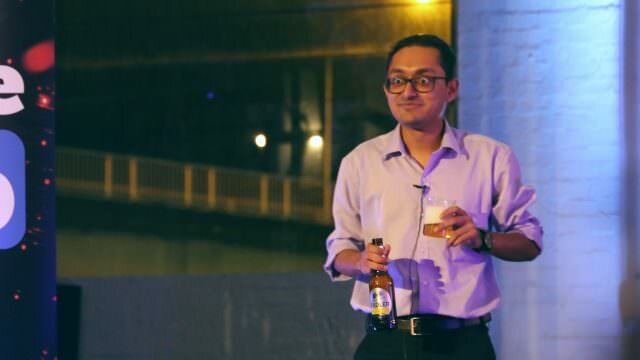Last updated January 23, 2018 at 1:25 pm
For children born with significant hearing loss, cochlear implants can be an incredibly effective treatment to help them develop listening and language ability, and a new machine learning algorithm based on brain scans can now predict exactly how well.
Knowing precisely how dramatically an implant will improve language development had been out of reach. Research shows that early cochlear implantation is crucial, yet in some cases children still don’t keep up with the milestones of their peers. Improving their language and literacy on par with conventionally-abled children could improve academic outcomes, social and emotional intelligence, and future employment.
As co-senior authors, Dr Nancy Young from the Northwestern University Feinberg School of Medicine explains, “So far, we have not had a reliable way to predict which children are at risk to develop poorer language.”
“Our study is the first to provide clinicians and caregivers with concrete information about how much language improvement can be expected given the child’s brain development immediately before surgery,”
“The ability to forecast children at risk is the critical first step to improving their outcome. It will lay the groundwork for future development and testing of customized therapies.”
Hearing doesn’t just occur in the ears, nor language in the mouth – both depend on the brain. Children who are born with or soon develop hearing loss lack brain stimulation in their auditory areas, which causes further abnormal development patterns.
And this is exactly what the researchers could exploit to create the prediction algorithm.
“We used MRI to capture these abnormal patterns before cochlear implant surgery and constructed a machine-learning algorithm for predicting language development with a relatively high degree of accuracy, specificity and sensitivity,” according to co-senior author Dr Patrick Wong from the Brain and Mind Institute at The Chinese University of Hong Kong
“Although the current algorithm is built for children with hearing impairment, research is being conducted to also predict language development in other paediatric populations.”
This also means that individual therapy techniques can be developed for individual children, rather than current one-size-fits-all attempts.
Assistant Professor Erin Ingvalson from Florida State University, who has been working on the project since her post-doctoral studies, commented that “The ability to optimize therapy for each child with hearing loss will transform many lives. our goal is to eliminate the gap in language outcomes often found when children with hearing loss are compared to those with normal hearing.”
This study was published in Proceedings of the National Academy of Sciences.
Follow us on Facebook, Twitter and Instagram to get all the latest science.
































































































































































































































































